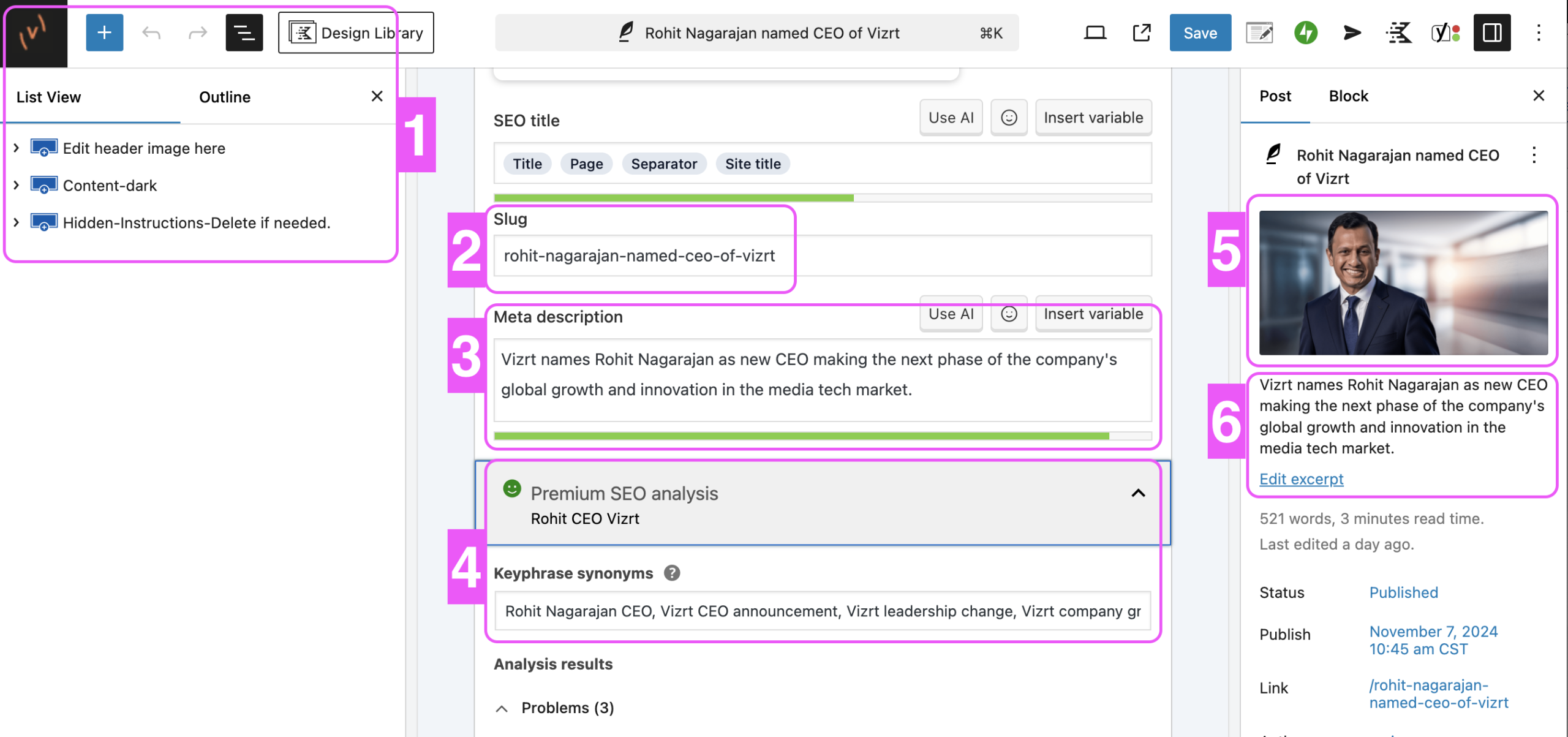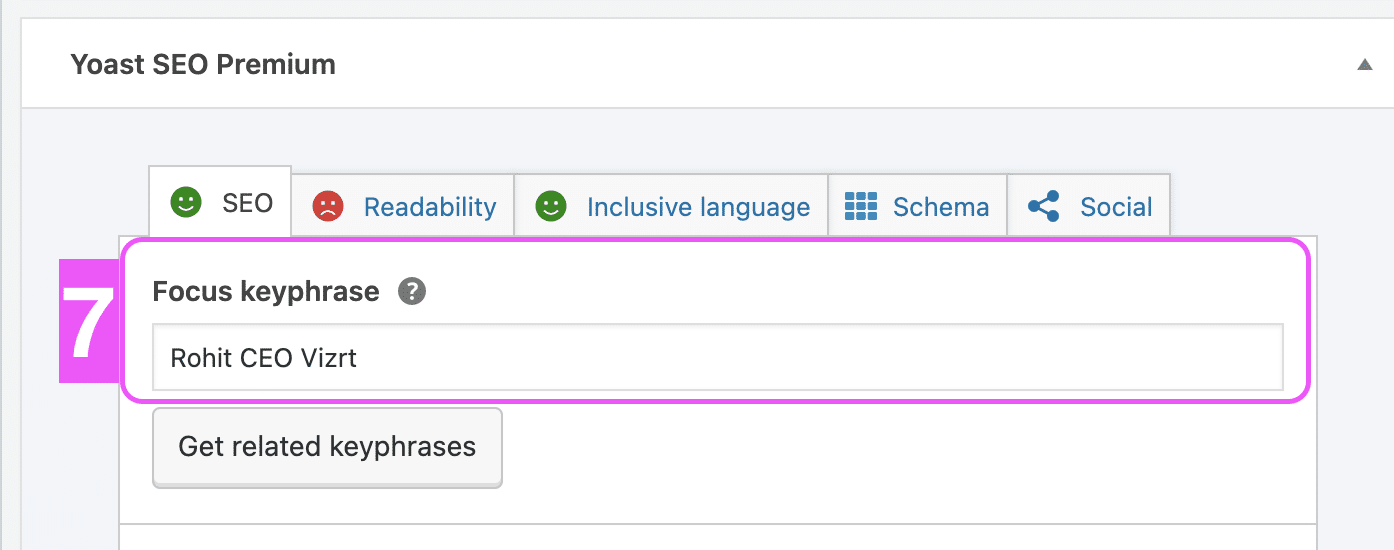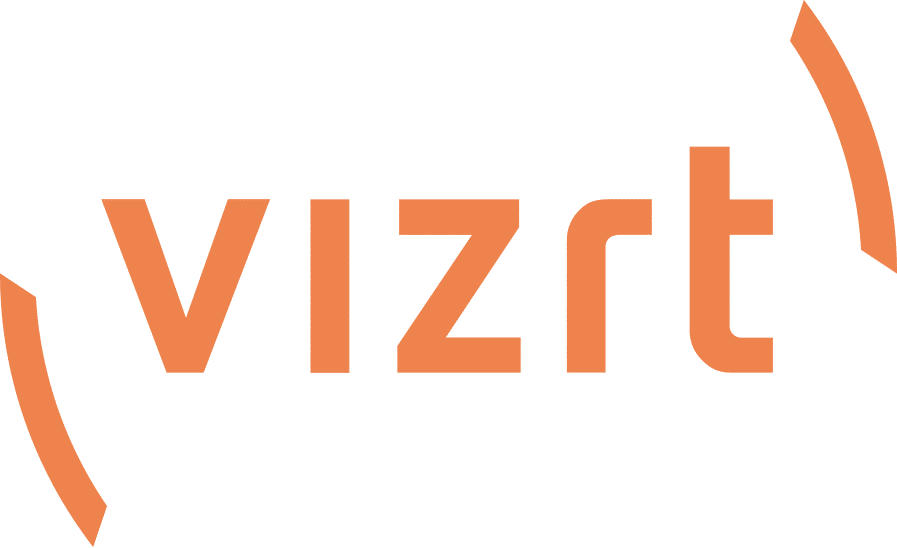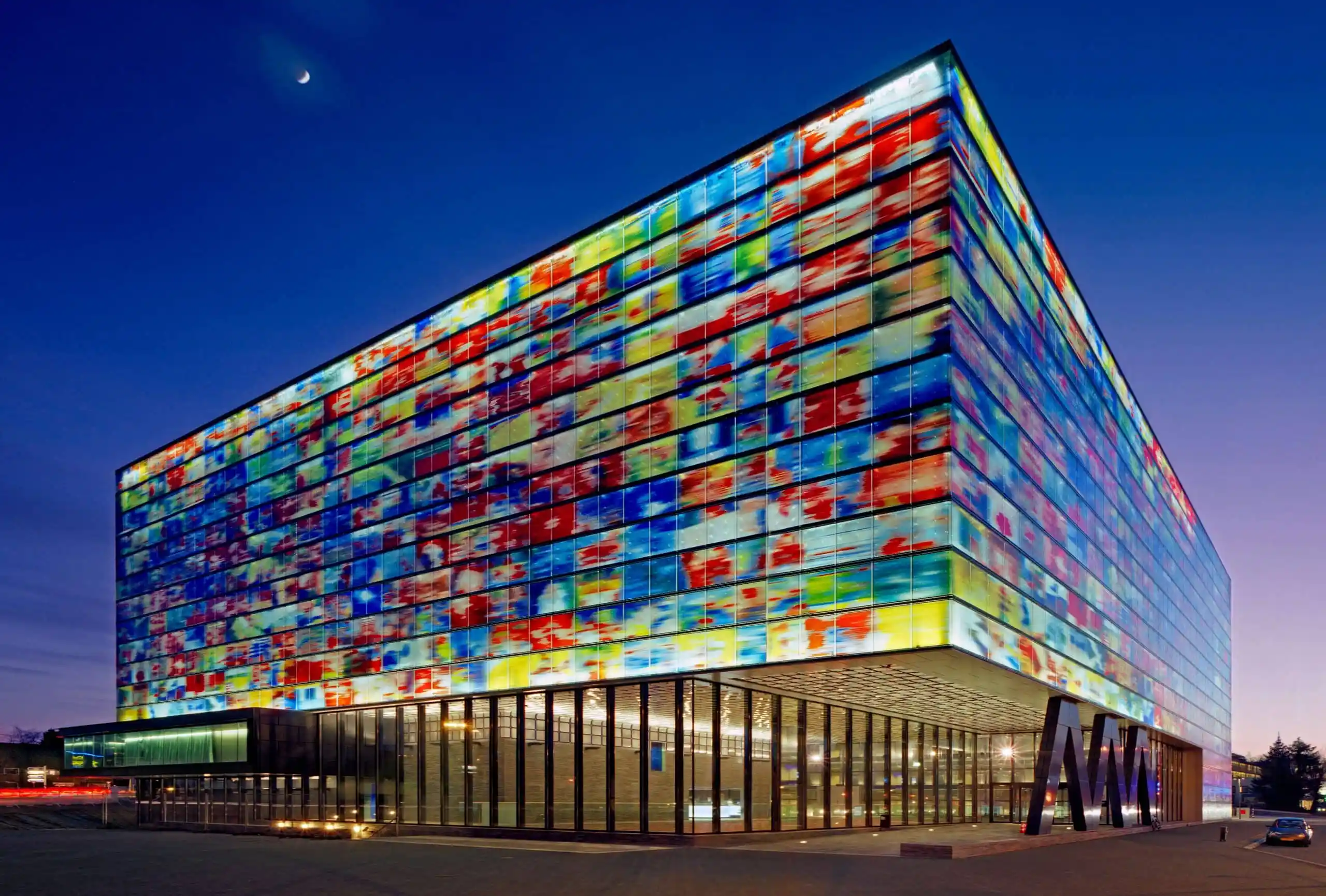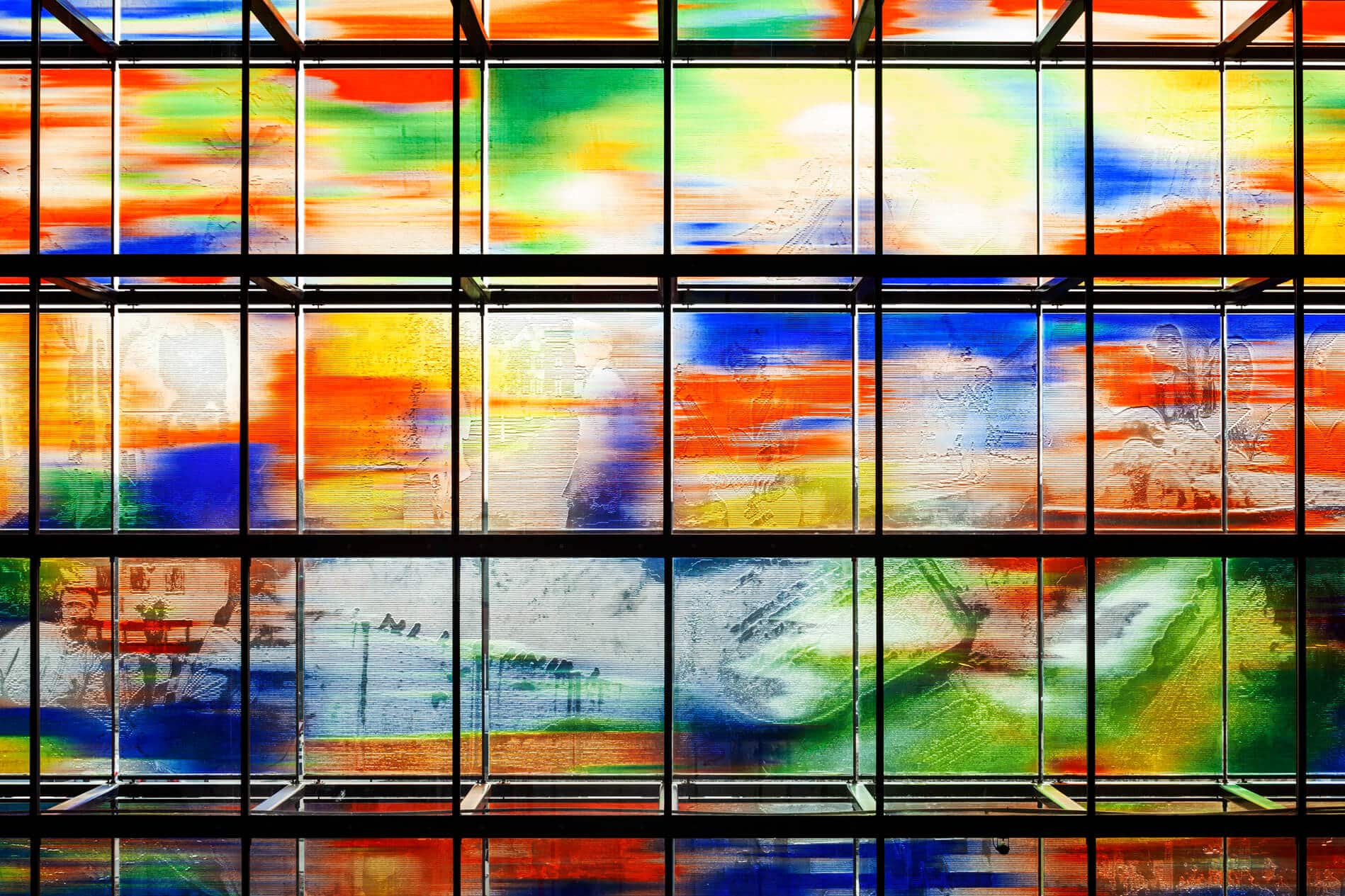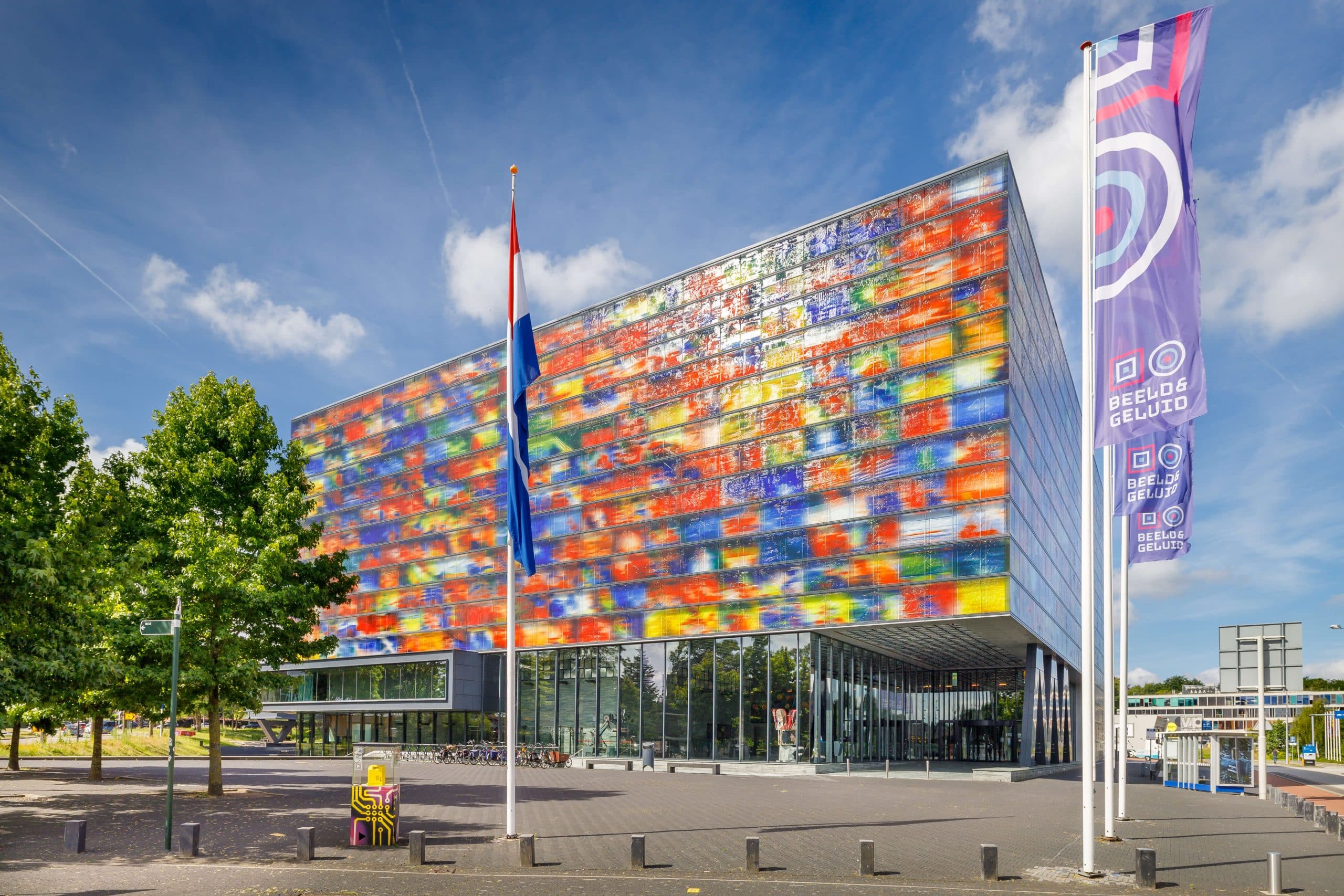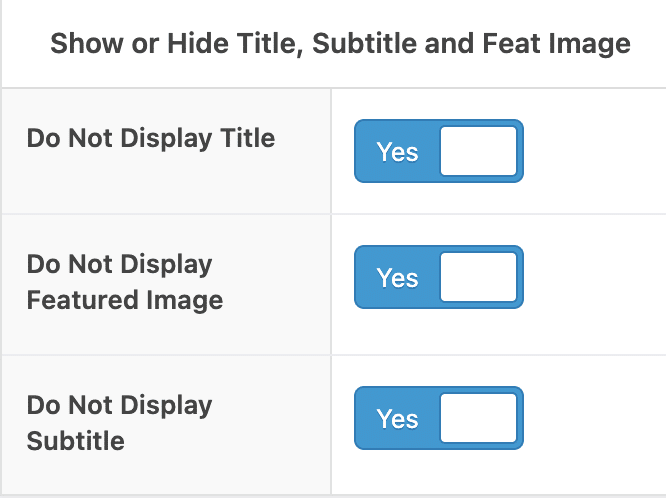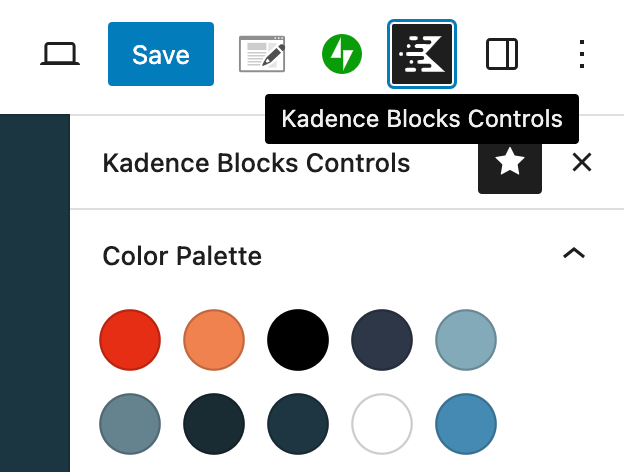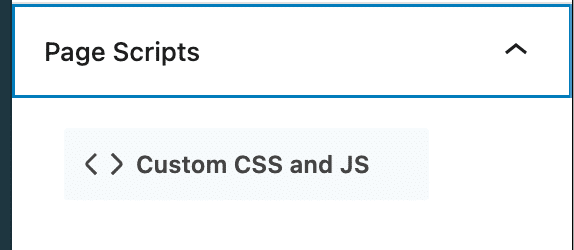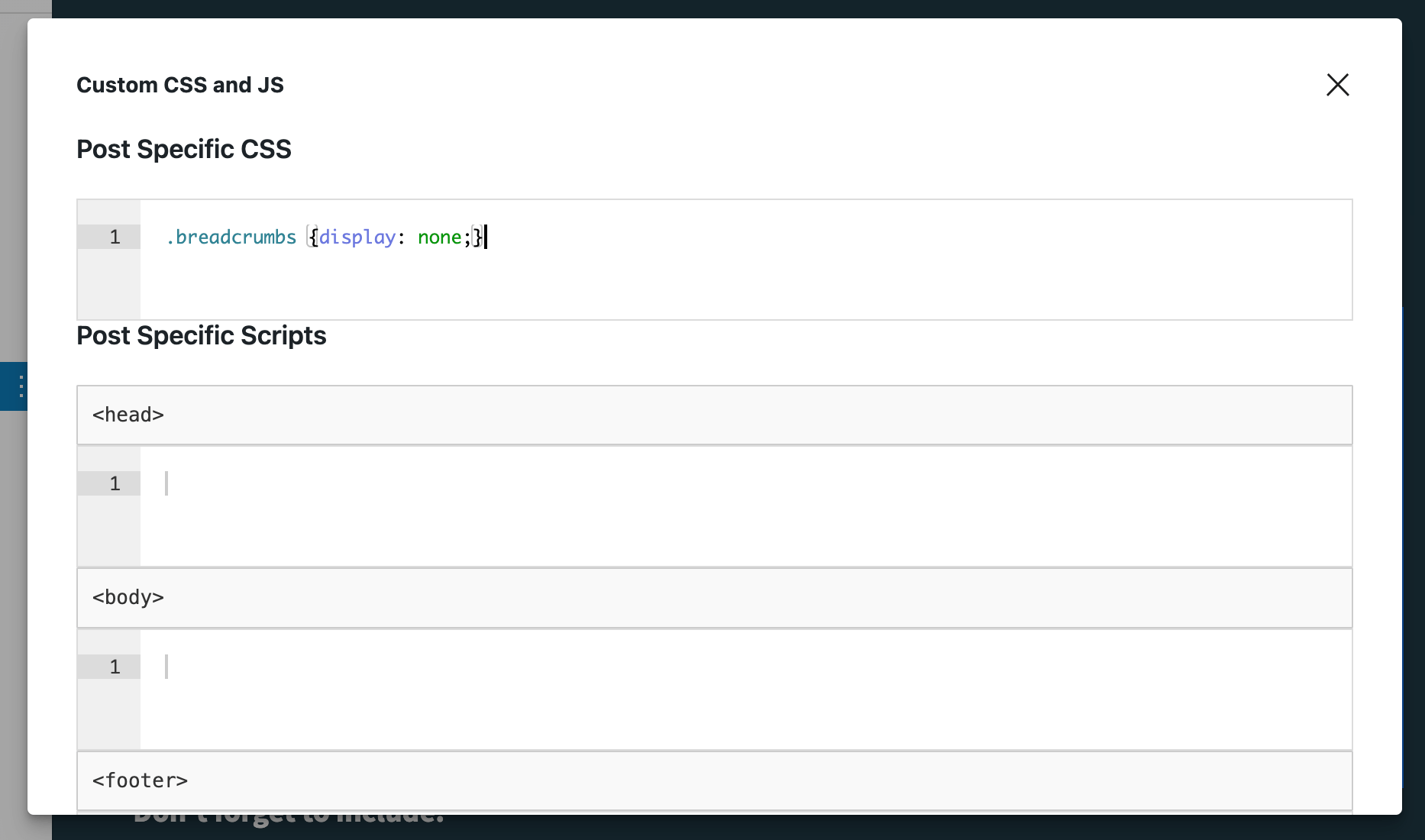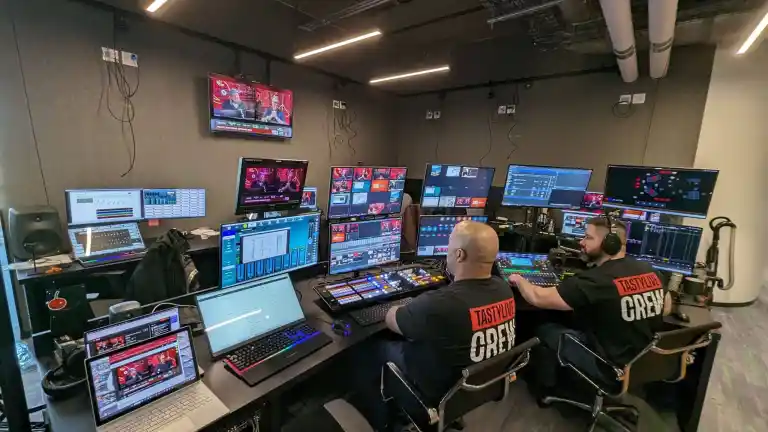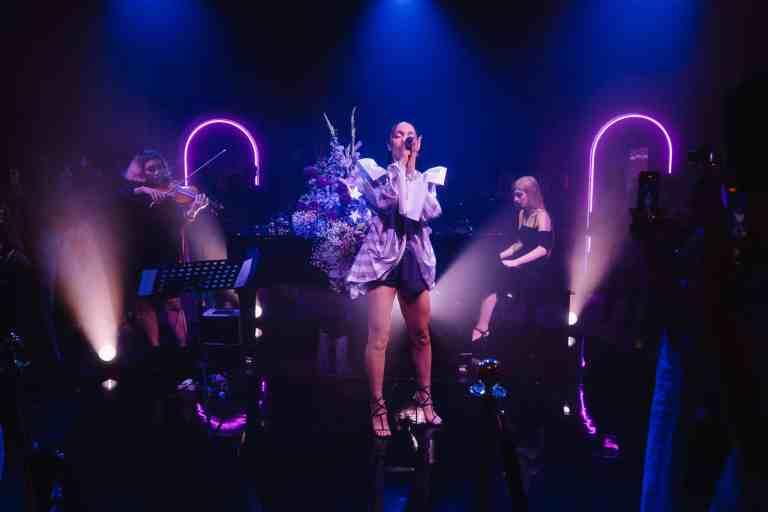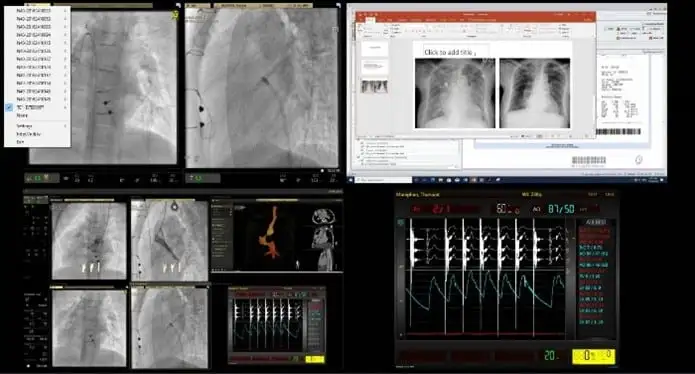The Netherlands has its own media city, but it’s likely not the one you’re thinking of. Nestled 24km southeast of Amsterdam, surrounded by picturesque meadows, nature reserves, and tiny lakes, is Hilversum. With a history of being the main centre for radio and television broadcasting in the country, it’s also home to the Netherlands Institute for Sound and Vision (NISV).
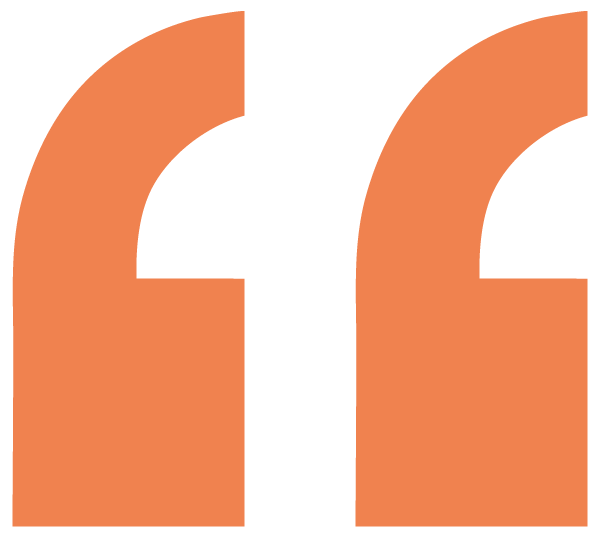
A Dutch cultural institution responsible for the archiving, preservation, and accessibility of Dutch audiovisual heritage, the NISV holds one of the largest audiovisual collections in the world. Consisting of radio and television broadcasts, films, music, web content, and other forms of media, the NISV plays a key role in preserving the media history of the Netherlands, making its collection available for research, education, and public use.

Having this purpose at the heart of the NISV, it’s no wonder the foundation became an active player in expanding media literacy and knowledge. With the history, activities, and tools provided by the NISV, the foundation shows visitors how media can be utilized to tell their stories – but also how media can influence personal life and society.
“Our mission is to keep the media heritage alive. We do this in various ways: for instance, with our interactive Media Museum or with a workshop for young people focused on fake news,” says Phillip Maher, Head of IT and Development at the Netherlands Institute for Sound and Vision. “The NISV counts on many partners, including academic researchers and creative media makers, with a shared value of making it easier and more accessible for people to be media-savvy.”
In the Media Museum, visitors can create their own piece of news, engage in the impact of advertising, design and play their own games, and even tell stories like a filmmaker. Blending the experience from media consumer to media maker, NISV visitors can learn, experience, and practice different levels of media creation – for instance, creating a news website, a sports summary, or a news piece about a current event.
How does the NISV accomplish this? Part of it is through intelligent archiving.

The NISV has a growing library of
Storing content for your stories
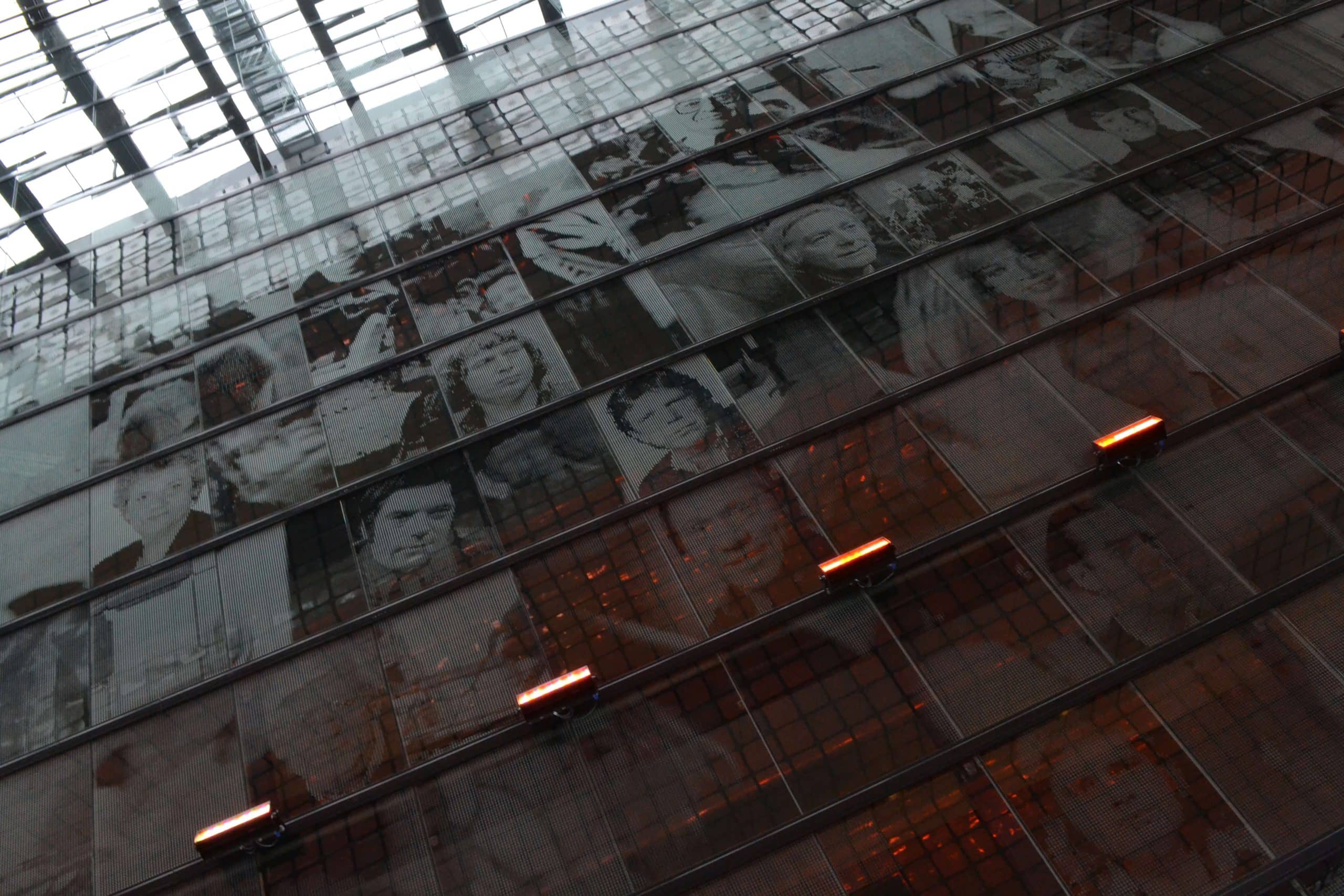
The NISV has a growing library of 1.5 million hours of content. Acting as the media archive for the Netherlands’ public TV and radio broadcasters, the archive receives content from a variety of sources; from the national news and the Dutch parliament, to heritage institutions, and even the football league.
Managing this vast content archive is Viz One, Vizrt’s enterprise asset management system. Sitting at the heart of the operation and backed by a powerful suite of APIs, Viz One integrates across the NISV’s technology stack, making the archive accessible and searchable, as well as securely stored.
More importantly, Viz One can place the content where it is needed, when it is needed, so different user demands are catered for quickly. For instance, this could be a museum portal user browsing for content, media professionals negotiating rights access to a show, or general public users downloading the content they require for research or production; Viz One manages and fulfills those requests.
“Archiving content is important for various reasons, but a key one is that it keeps history accessible and alive through documentation,” says Jochen Bergdolt, Managing Director, Vizrt One Media AB. “Especially nowadays, having a rich archive of video is extremely valuable. Most of the stories we learn about come to us through video form, whether that is a documentary, television special, or a developing news story.”
Making the most of the archive

The NISV has dedicated web portals that enable external access of wealth of content, allowing thousands of users – including broadcasters, education institutions, and NISV’s Media Museum – to search the archive.
Vizrt’s partner, Mayam, worked with NISV to build dedicated licensing workflows, so broadcast users can make their content available to other broadcast and professional organizations. With Viz One’s integration with Mayam’s Tasks orchestration application, different content ingest routes and media licensing workflows can be managed, reviewed, and updated through a centralized tool.
This is what brings purpose to the extensive archive: enabling its accessibility and reuse.
“Collaboration is part of our work. We want those who visit us to understand that they are also producers and influencers, not just consumers of media. The growing archive, which includes radio, television, written press, video content, and games, is often used for different productions by creators and companies. Events are also held to encourage engagement and thoughtful discussions,” says Maher.
Media in the digital age
Now more than ever, it’s clear that keeping a record is not only valuable as an owner, but also for the public. The NISV states in their website: “Our starting point in everything we do is the importance of free media for our democracy.” For the NISV, media literacy is indispensable for a well-adjusted society.
Various public activities, debates, and lectures are organized in the NISV spaces for all ages. As they interact with the digital possibilities in the museum, questions are asked of visitors: Who or what determines your worldview, the media or yourself? How good are you at recognizing fake news? Or, after learning media techniques to tell stories, which hero type suits you best?
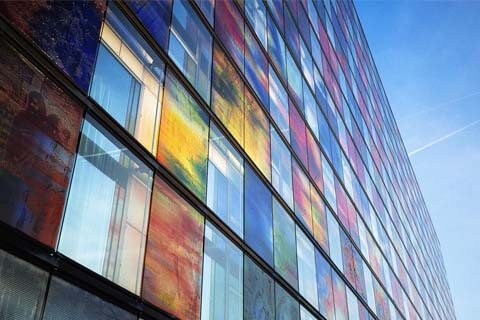
With these activities, the content stored is used by the NISV to take a step beyond the usual exhibition-visitor relationship – visitors become a part of what can be produced with the archive, understanding its fundamental role in storytelling, but also how to become a storyteller too. This way, visitors step out of the media city with further knowledge about media in all its formats, but also their own role in shaping it.
“We want visitors to come out of their experience at the Netherlands Institute for Sound and Vision knowing that they are active participants in the media developments of our age. The cultural heritage preserved in our archive is used to show visitors how we live in media, how it affects our lives, and how it is affected by us,” concludes Maher.
Unlock the full potential of your media workflows with Viz One
Discover how Viz One’s advanced media asset management capabilities can streamline operations, boost collaboration, and drive efficiency in your media workflows. Ingest content with ease, enrich it with metadata for easy future discovery, create stories in a browser with Viz Story or in your NLE of choice (Avid and Premiere Pro), send content to playout in multiple locations, and archive for future use. Check out Viz One’s product page for more information, watch the on-demand demo, or request a live demo today.
Don’t worry, this section is already hidden =)
Don’t forget to include:
